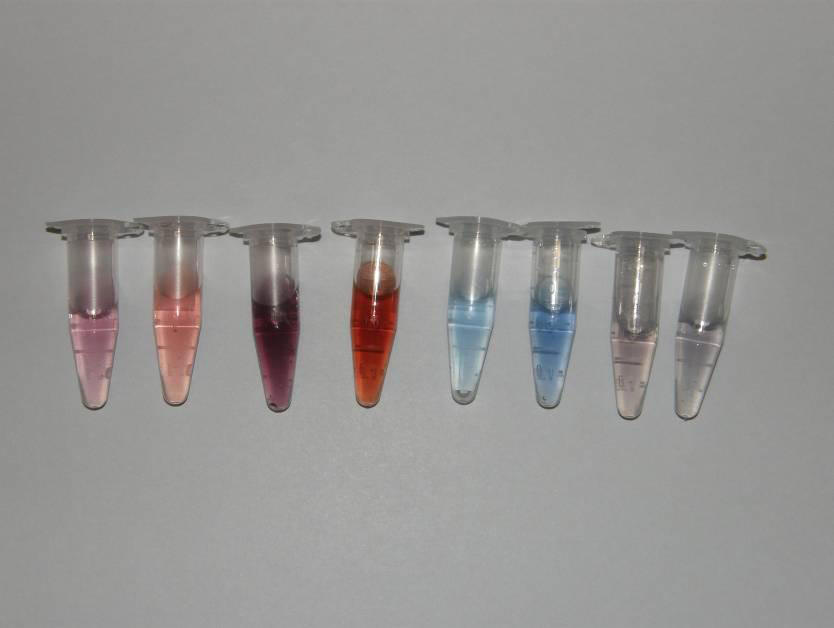
Biophotonics deals with the interaction between biological items and photons, and refers to emission, detection, absorption, reflection, modification, and creation of radiation from biomolecular, cells, tissues, organisms and biomaterials. Areas of application are life science, medicine, agriculture, and environmental science. Biophotonics can be used to study biological materials or materials with properties similar to biological material, i.e., scattering material, on a microscopic or macroscopic scale.
The curved surface of the nanostructures causes an uneven distribution of the electrons against the outer driving electric force for resonance to arise.
The induced surface electric field due to the coherent collective oscillation of electrons in the conduction band excited by an outer electric field, has great impact on the optical properties of nearby materials, and leads to field amplification inside and in the near field zone outside the nanostructures, and is known as Localized Surface Plasmon Resonance (LSPR). The LSPR frequency is very sensitive to the size, shape, and composition of nanostructures, and its surrounding host materials.LSPR utilizing noble metal nanoparticles have great potential in cell imaging photothermal therapy, and nuclear damaging. The noble metal nanoparticles possess strong absorption and scattering cross-section at its SPR band, which is sensitive to the local refractive index, size, shape, and chemical compositions of the nanostructures. There is a considerable interest in applying nanomaterials for rapid, low-cost, and sensitive in vivo optical detection of cancer cells for clinical diagnosis.
Among the noble metal nanoparticles, Au or Ag nanoparticles are the top candidates for bio-sensing application simply because of their non-toxicity and non-immunotoxicity to cells, good biocompatibility, and their SPR bands are within the visible to NIR region. Currently, their applications in drug delivery, cancer cell diagnostics, and therapeutics are some of the most active research fields in surface plasmonics.
¡@
Biosensor
Since the LSPR frequency is sensitive to the refractive index of the surrounding material, biosensor based on colorimeter is possible, and the solution colour is changed via complementary colour theory. Based on this concept, detecting a certain protein is possible by which a corresponding anti-body has been attached on a noble metal surface. The Au and Ag nanoparticles with various shapes and sizes can serve as bio-sensing material via colorimeter because the remaining functional group biotin has a good affinity to streptavidin.
¡@
Color of solution with thiol functional group from left to right (a) thiol-Au nanoparticles (6 nm, spherical); (b) Au nanoparticles (6 nm, spherical); (c) thiol-Au NP (100 nm); (d) Au NP (100 nm); (e) thiol-Ag NP (60 nm); (f) Ag NP (60nm); (g) thiol-reduced Ag NP (60 nm); (i) reduced Ag NP (60 nm).

¡@
¡@
¡@
¡@